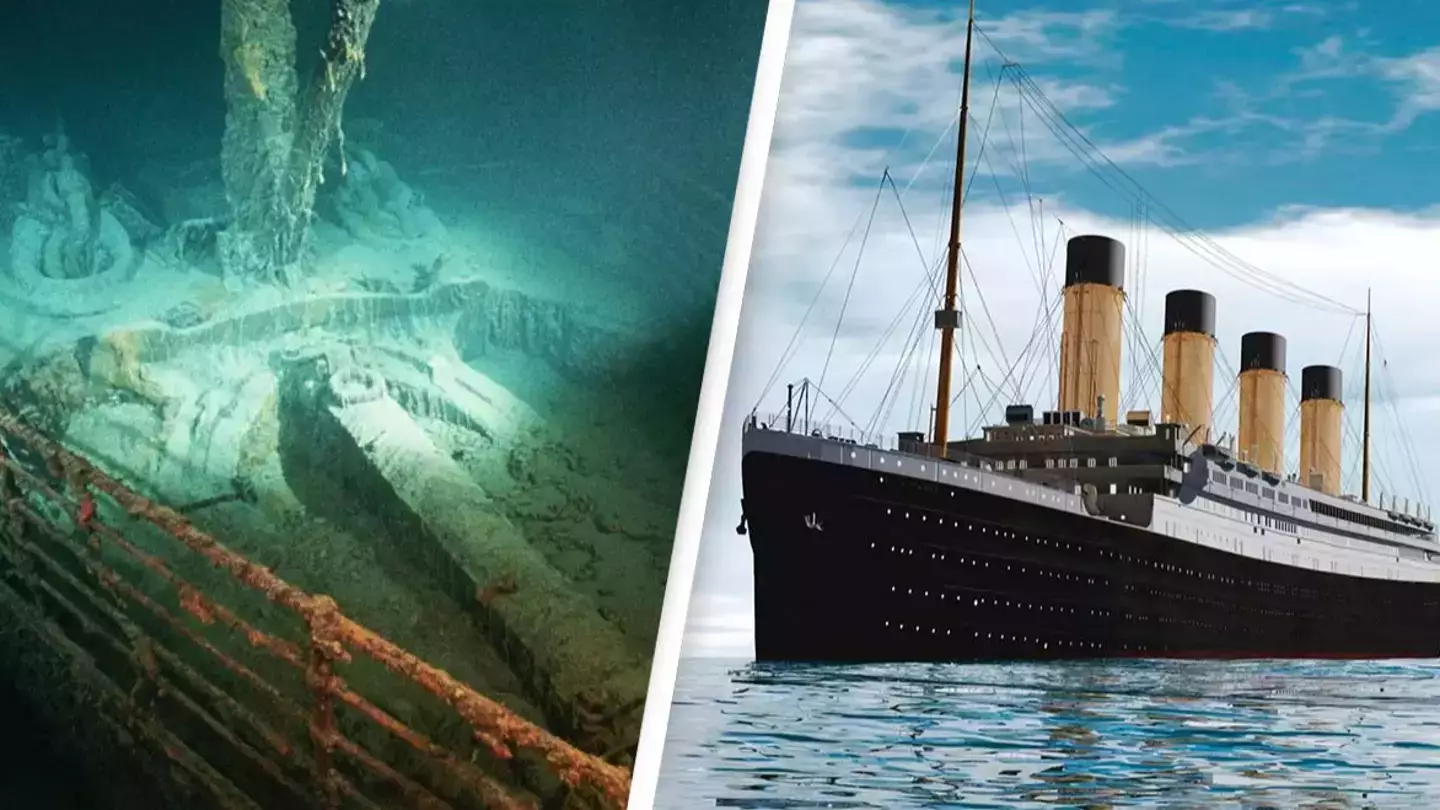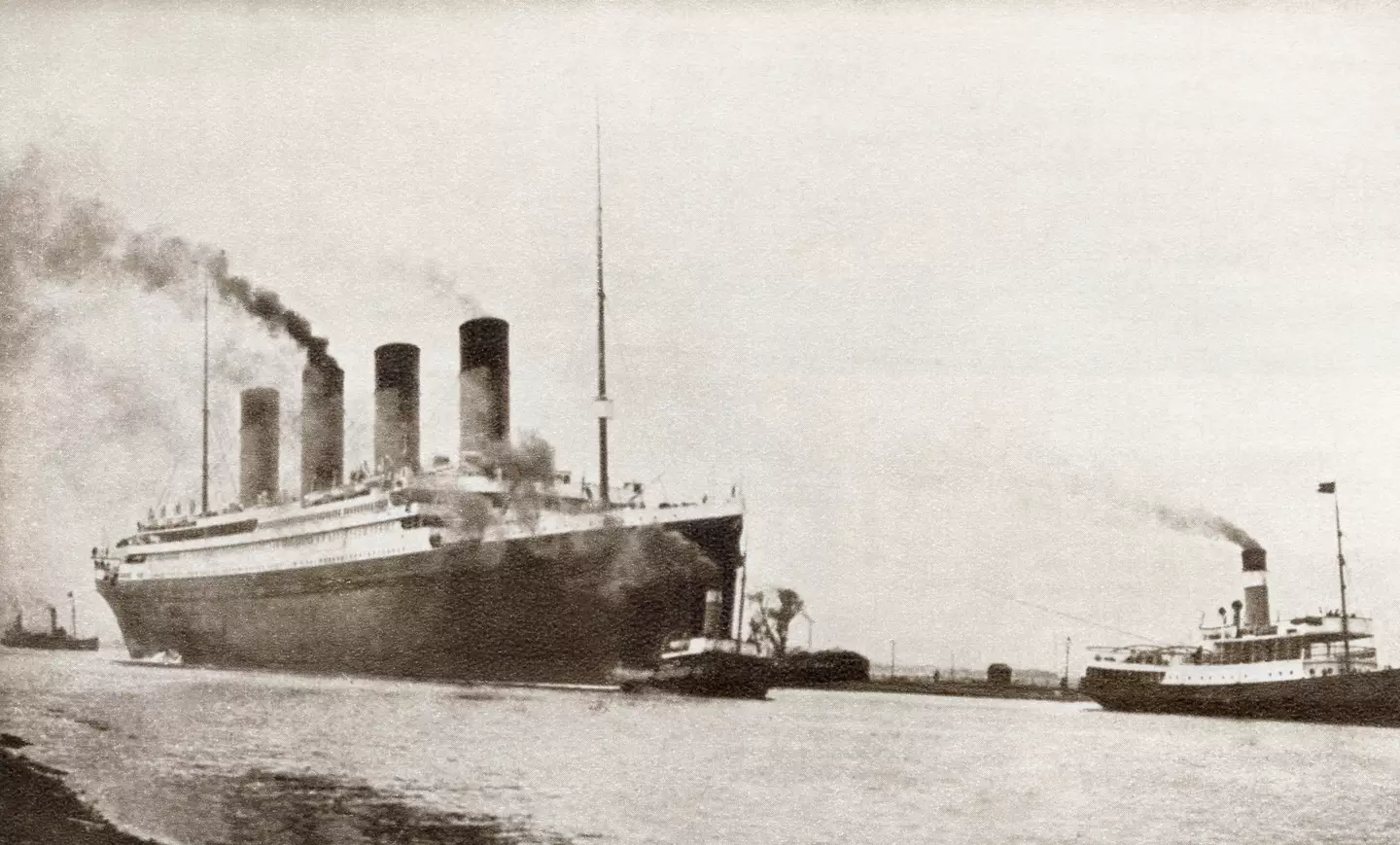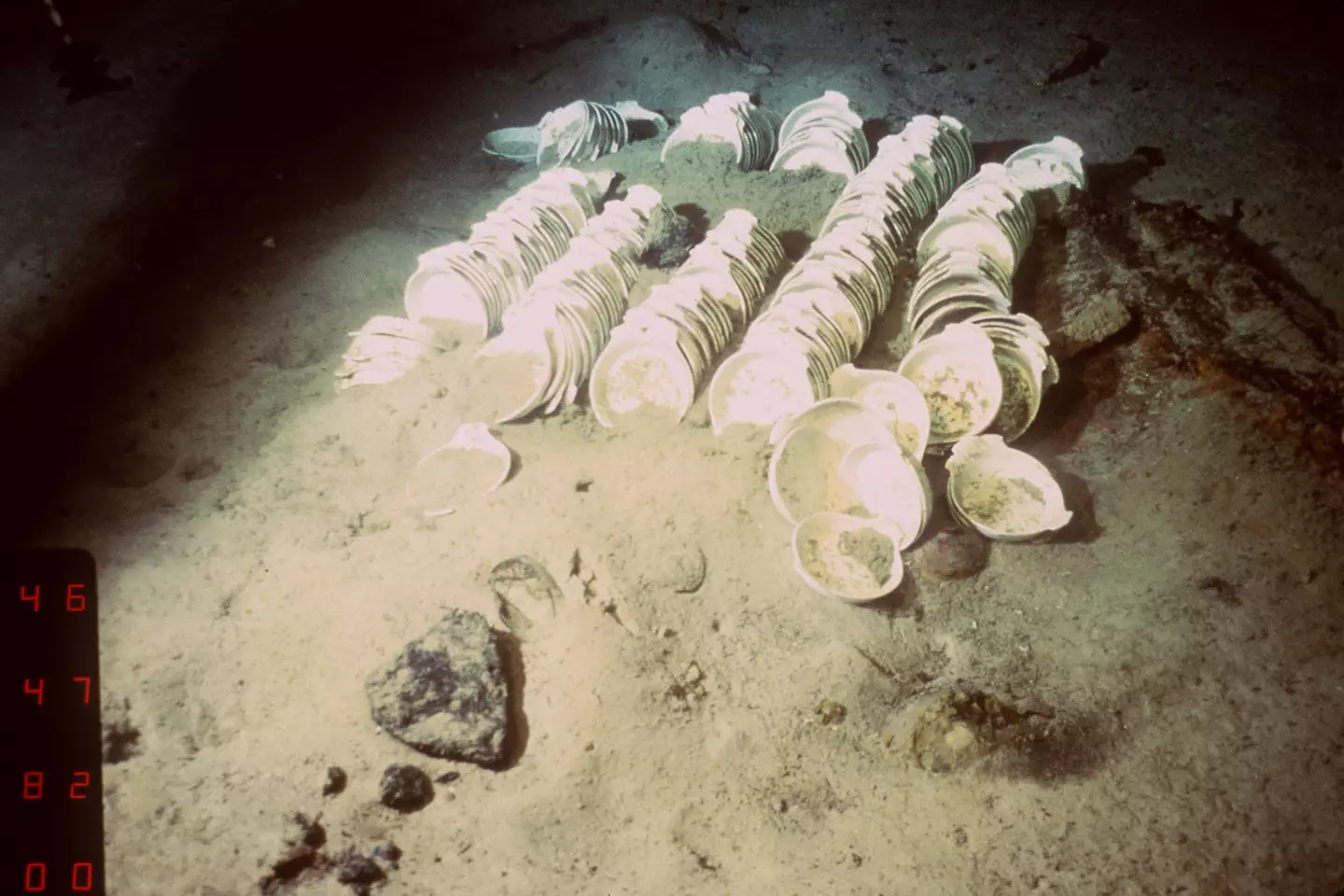It's been more than a century since the Titanic disappeared beneath the waters of the Atlantic Ocean, but people still have a lot of questions about the famous ship.
The Titanic has proved so intriguing to some people that they've even embarked on missions to see it up close, as was the case with the infamous Titan submersible tragedy in 2023.
And as people continue to try and learn more about the Titanic, some have only recently learned why there are no skeletons to be found lying among the furniture, dishes and treasures that went down with the ship.
It's estimated that 1,517 people lost their lives after the Titanic struck an iceberg and started to sink in 1912, with many pulled into the current as the ship went under the freezing water.
Others were left trapped inside the vessel, making it unlikely that their remains could be carried off by currents or scavengers.
But in spite of this, images of the wreckage show there are no skeletons amid the debris.
The reason for this comes down to the depth at which the wreckage came to rest, 3,800 metres down in the Atlantic Ocean.
The Titanic remains at the bottom of the Atlantic Ocean. (Universal History Archive/Universal Images Group via Getty Image) While bacteria in the deep ocean is capable of extracting nutrients from bones, therefore removing some of the remains of passengers, another reason for the lack of skeletons is down to the chemical composition of the seawater, which changes as you descend into the depths.
Deep sea explorer Robert Ballard, who first discovered the Titanic's wreck in 1985, explained that below a certain depth, water actually dissolves bones.
He said: "The water in the deep sea is under saturated in calcium carbonate, which is mostly, you know, what bones are made of.
"For example, on the Titanic and on the Bismarck, those ships are below the calcium carbonate compensation depth, so once the critters eat their flesh and expose the bones, the bones dissolve.
"Now in the Black Sea, because there's no critters to eat, the bones should not be exposed. So you should have perfectly mummified fossils."
The ship sank with furniture and belongings on board. (-/AFP via Getty Images) Internet users were left stunned at this realization, with some taking to Reddit to share their surprise.
One person wrote: "I thought they’d be squished into jelly..."
Another said: "Wait, since when do dead people sink?" while a third added: "The sea is human broth, confirmed?"
There's an image I bet you could have lived without.
But while there are no skeletons on the Titanic, there is evidence of the passengers who were once on board in the form of their shoes.
The treated leather of shoes resists the effect of the chemical composition - meaning all that's left of those who died are the shoes they were wearing on that fateful day.

 Emily Brown
Emily Brown
